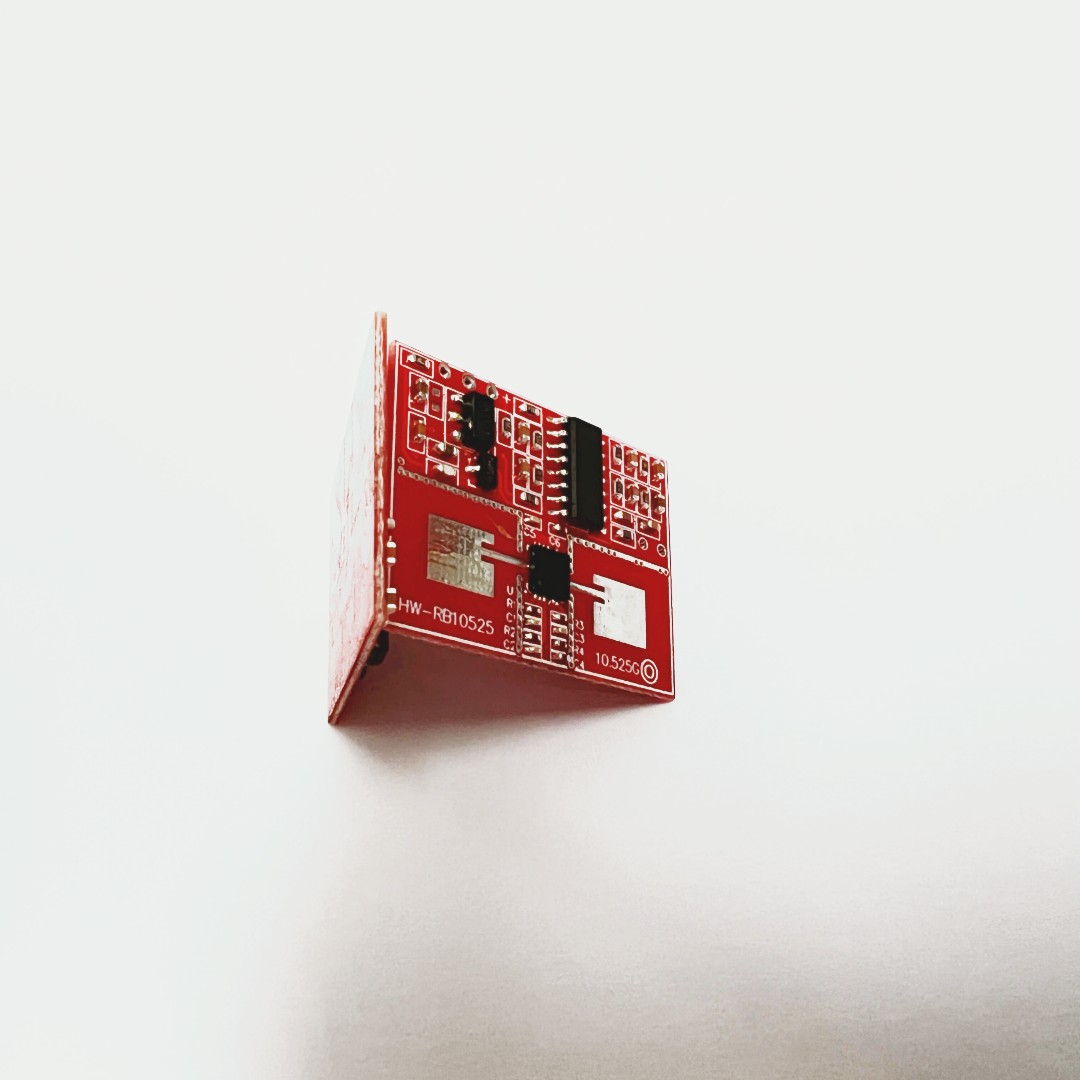 1004,West-CBD,No.139 Binhe Rd,Futian District,Shenzhen, China Post Code:518048
1004,West-CBD,No.139 Binhe Rd,Futian District,Shenzhen, China Post Code:518048
 +86-18682200597
+86-18682200597
 sales@szhaiwang.com
sales@szhaiwang.com
 1004,West-CBD,No.139 Binhe Rd,Futian District,Shenzhen, China Post Code:518048
1004,West-CBD,No.139 Binhe Rd,Futian District,Shenzhen, China Post Code:518048
 +86-18682200597
+86-18682200597
 sales@szhaiwang.com
sales@szhaiwang.com
source:Industry News release time:2023-06-02 Hits: Popular:Infrared sensing module

NTC thermistor is the simplest and most cost -effective temperature sensor component, which can easily obtain the temperature data of the project. Widely applied at meteorological stations, home automation systems, and equipment control and protection circuits. It is an analog sensor, so compared with the digital temperature sensor that requires special libraries and a large number of code, the code is relatively simple.
In this article, I will explain the working principle of the thermistor and then show you how to use Arduino to set the basic thermist resistance circuit. The circuit outputs the temperature reading to the serial monitor or LCD.
The working principle of the thermistor resistance
The thermistor is a variable resistor, and its resistance value will change with the rise of temperature. It is classified according to its resistance to the response of temperature changes. In the negative temperature coefficient (NTC) thermistor, the resistance decreases with the increase in temperature. In the thermistor of the positive temperature coefficient (PTC), the resistance increases with the increase in temperature.
NTC thermistor is the most common, which is the type we will use in this tutorial. NTC thermistor is made of semiconductor material (such as metal oxides or ceramics). The material is heated and compressed to form conductive materials that are sensitive to temperature.
The conductive material contains the charged load that allows the current flowing. High temperature can cause semiconductor materials to release more loads. In the NTC thermal resistance made of iron oxide, electrons are the charge load. In the nickel oxide NTC thermistor, the carrier is an electronic acupoint.
Polish the battery life by reducing the ambient temperature by NTC thermistor
The fast charging limit of most batteries is 5 ° C to 45 ° C (41 ° F to 113 ° F); in order to obtain the best results, please consider using the temperature control function of NTC thermistor Between 30 ° C (50 ° F and 86 ° F), when charging nickel -based batteries below 5 ° C (41 ° F), the composite capacity of hydrogen and hydrogen will be reduced. If the charging speed is too fast, the pressure will accumulate in the battery, which may cause exhaust. When charging below the freezing point, the charging current of all nickel -based batteries is reduced to 0.1C.
Nickel -based chargers with NDV full charging detection function can provide some protection when quickly charging at low temperatures. Low -temperature imitation battery is poorly charged when charging. This part is caused by high pressure formed by reducing the ability of gas at low temperatures. The rising pressure and voltage decrease when full of charging are the same meaning.
In order to quickly charge at all temperatures, some industrial batteries have added a heat blanket that can heat the battery to acceptable temperature. Other chargers adjust the charging rate to the current temperature. Consumer chargers do not have these regulations, and it is recommended that end users only charge at room temperature.
Just like the scheme on the launcher battery in our car, lead acids can be tolerant at extreme temperature. Some reason for this tolerance is that their actions are slow. The recommended low -temperature charging rate is 0.3C, which is almost the same as normal conditions. At the comfort temperature of 20 ° C (68 ° F), the inflatable starting voltage starts with a charging voltage of 2.415V / Cell. When reaching -20 ° C (0 ° F), the deflection threshold increases to 2.97V / Cell.
Lead -acid batteries are charged at a constant current to set voltage. The voltage is usually 2.40V /battery at ambient temperature. The voltage is controlled by temperature, which is high when cold and low when hot. Figure 2 illustrates the recommendation settings of most lead -acid batteries. At the same time, the diagram also shows the recommended floating charging voltage. When the battery is fully charged, the charger will restore it to the voltage. When charging lead acid in the case of temperature fluctuations, the charger should be adjusted by voltage to minimize the pressure on the battery.
Read recommendations:
Circuit diagram of NTC thermistor application.Human motion sensing module
Popular Recommended Products
PIR Lens 8011
2021-12-09MF55 103F3950F NTC Thermistor 10K 1% 3950
2021-11-27PIR Lens 0512H
2021-12-09PND103F3950FTP707(705) NTC Thermistor 10K 1% 3950
2021-11-27PND103F3950FTR312
2021-11-27PIR Lens 7704-2B
2021-12-092109 PIR lens
2021-12-17PIR Lens 8003-2
2021-12-09PIR500B Analog sensor
2021-12-09PIR Lens 8034
2021-12-09square lens
2021-11-27MF52 Series Miniature Insulated Lead NTC Thermistor.microwave sensor module manufacture
2022-08-12The Application of NTC Thermistors in Far Infrared Heaters.Motion sensing module
2023-08-23NTC thermosensitive material
2022-11-11How RF technology works.20mm glass cap Photoresistor
2022-01-05NTC temperature sensor for electric motor temperature measurement.CDS sensor Processor
2022-09-27Advantages and disadvantages of human body sensor
2022-11-07Romans power bank protection circuit NTC thermistor.Infrared Body Sensing Module price
2022-08-24The use of NTC temperature sensor in soil temperature monitoring
2022-10-10The role of NTC B value.Human motion sensing module
2023-03-28NTC mechanical properties.SMD PIR IC Vendor
2022-06-13
szhaiwang4@hotmail.com
+86-18682200597
sales@szhaiwang.com